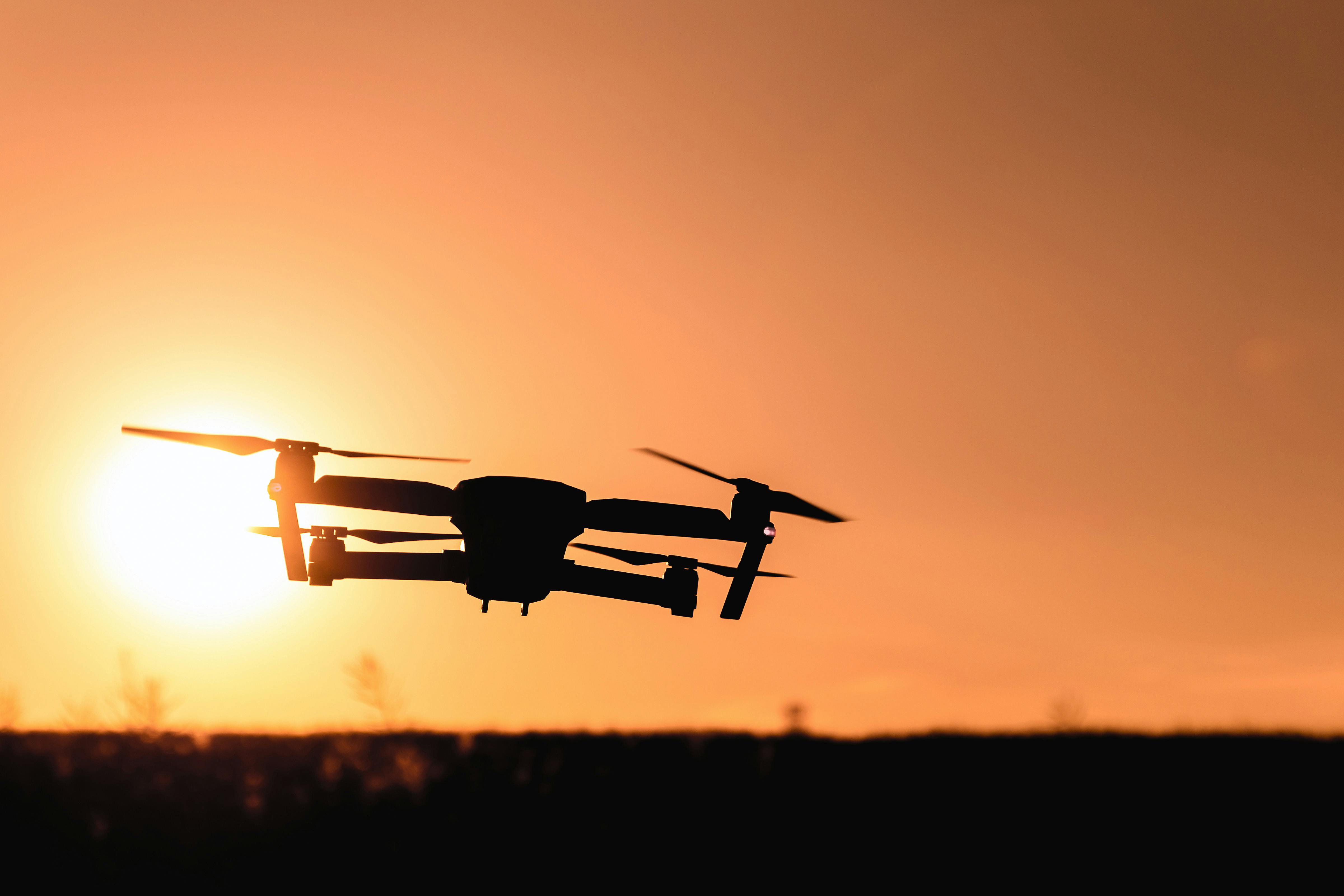Drone Pilot Training: Start a Career in Aerial Photography
Becoming a competent drone pilot requires more than a good aircraft and enthusiasm. Structured training teaches you flight fundamentals, safety, rules and how to capture professional aerial photography. Whether you aim to turn a hobby into income or to work in surveying, film, or real estate, formal instruction shortens the learning curve, reduces risk, and improves your marketable skills as a pilot and photographer.

Why train as a drone pilot?
Training gives a foundation in aerodynamics, airspace, and the regulations that govern unmanned aircraft. A certified pilot understands preflight checks, emergency procedures, and how to minimize risks to people and property. For commercial operations many countries require proof of competence or a remote pilot certificate; training programs prepare students for those exams and for practical scenarios such as wind, GPS loss, and collision avoidance. Good programs also emphasize ethical considerations and privacy laws relevant to drone use.
What skills are needed for aerial photography?
Aerial photography blends technical flight control with creative visual composition. Key skills include stable hovering, smooth camera gimbal control, and planning flight lines for consistent lighting. Pilots must learn exposure, shutter speed, and frame composition adapted to moving platforms. Post-processing skills—basic color correction, stitching for panoramas, or creating orthomosaics for mapping—are also essential. Training courses typically combine flight time with practical shoots so students build a portfolio alongside technical competence.
How does photography differ when shooting from a drone?
Shooting from a drone introduces unique constraints and opportunities compared with ground-based photography. You gain elevated perspectives and large-area coverage, but you must manage motion blur, changing altitudes, and sensor limitations at varying speeds. Lighting conditions can change faster when you’re following a moving subject or sweeping a landscape, so pilots learn to adjust settings on the fly. Training teaches scenario planning—when to use manual settings versus intelligent flight modes—and how to keep imagery consistent for clients.
What certifications and knowledge should a pilot have?
Regulatory requirements vary by country but commonly include passing a knowledge test, completing an online registration, and demonstrating operational knowledge for commercial flights. Beyond legal certification, quality training covers airspace classification, NOTAMs, weather interpretation, and risk assessment (often taught as a preflight checklist). Advanced courses touch on BVLOS (beyond visual line of sight) operations, payload integration for sensors, and data workflows for mapping. Practical flight hours under instructor supervision are invaluable for building confidence and safety awareness.
Can drone training lead to a sustainable career?
Yes—drone skills are in demand across many industries: real estate, construction monitoring, agriculture, film production, inspection, and surveying. A combination of flight skill, aerial photography quality, and post-production or data-processing ability increases your value. Many pilots begin part-time and scale up by specializing (for example, thermal inspections or cinematography) and networking with local services. Diversifying services—offering both photography and inspection data—helps build repeat business and a more resilient career path.
| Provider Name | Services Offered | Key Features/Benefits |
|---|---|---|
| Pilot Institute | Online courses for Part 107, flight maneuvers | Structured lessons, practical flight drills, test prep |
| Drone Pilot Ground School (UAV Coach) | Test prep + online training | FAA-focused curriculum, exam pass guarantees (check provider) |
| SkyOp | Professional drone training and certification programs | Hands-on workshops, corporate training, simulation labs |
| Embry-Riddle Aeronautical University | Academic UAV courses and certificates | University-level curriculum, broader aviation context |
| DJI Academy | Manufacturer-led training and workshops | Hardware-specific instruction, practical camera/drone tips |
Conclusion
Effective drone pilot training combines legal knowledge, practical flight hours, and photography technique to produce safe, professional operators. Whether your goal is crisp aerial photography or a specialized inspection career, structured courses and real-world practice shorten your path to competence. Building a portfolio, staying current with regulations, and choosing training that matches your intended industry will improve both skill and employability.






